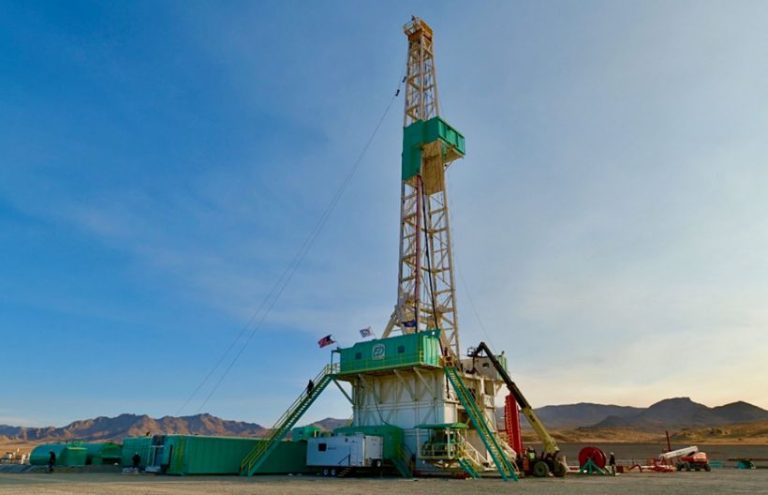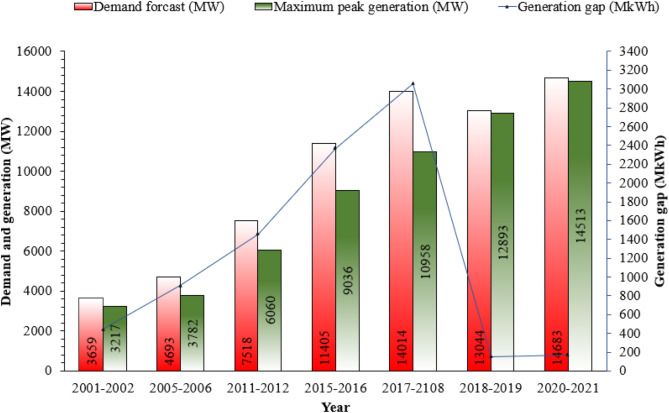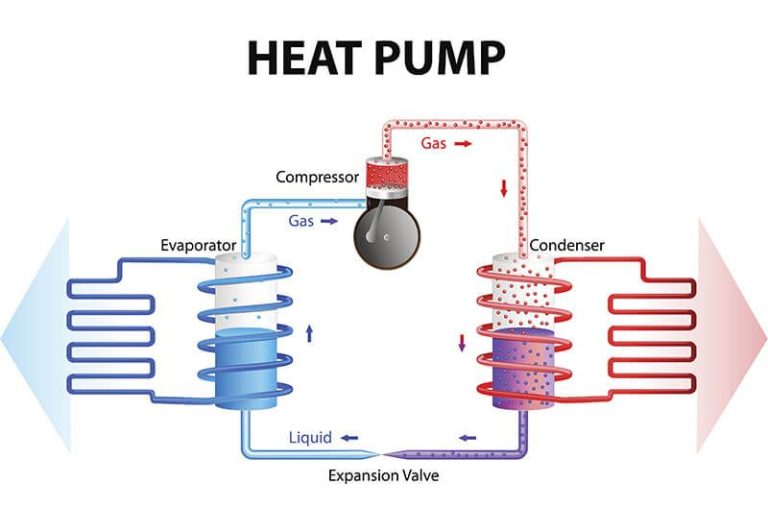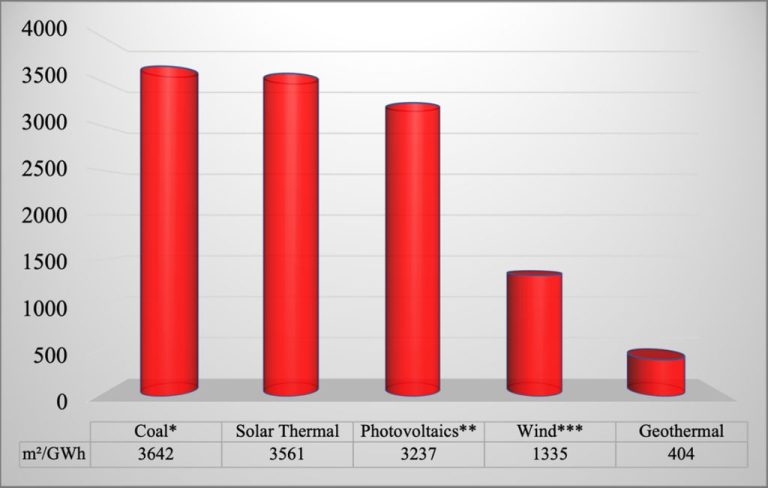Is Solar Or Geothermal Cheaper?
Both solar and geothermal energy are renewable energy sources that can provide an alternative to fossil fuels for heating, cooling, and electricity generation. Solar energy harnesses the sun’s radiation using photovoltaic panels or solar thermal collectors, while geothermal energy utilizes the natural heat inside the earth by pumping water or steam through wells or pipes underground. Though they both offer clean energy, solar and geothermal systems have key differences when it comes to upfront costs, long-term operating costs, ideal locations, grid dependence, and overall environmental impact.
Upfront Costs
The upfront cost of installing a solar photovoltaic system versus a geothermal heat pump system can vary significantly. According to Energysage (Solar vs. Geothermal Energy: Which Is Right For You?), the average cost to install a solar PV system ranges from $15,000 – $25,000 depending on the size of the system, while a geothermal heat pump system can cost anywhere from $20,000 – $30,000 on average.
The cost of a solar installation is primarily driven by the number of solar panels and associated equipment needed, which depends on factors like roof space, electricity usage, and local solar resources. Geothermal systems require drilling, ground loops, a heat pump unit, and ductwork modifications, making the upfront cost higher.
According to Oliver Heating and Cooling (Geothermal vs. Solar: Which Is Right for You?), geothermal systems generally cost $5,000 – $10,000 more upfront than solar PV systems for an average single family home. However, solar can potentially scale up over time by adding more panels, while geothermal requires a large upfront investment that covers the complete system.
Operating Costs
When considering ongoing costs, both solar and geothermal systems require some maintenance and upkeep over their lifetime. For solar panels, regular cleaning and inspection is needed, though overall maintenance costs are relatively low at around $100-150 per year for a typical residential system.
Geothermal systems have slightly higher maintenance costs, averaging $300-500 per year for the working fluid, pumps, and heat exchanger. The geothermal system fluid may need replacement every 5-10 years as well. Fuel costs are minimal for both technologies – solar panels use sunlight while geothermal uses heat from the earth.
Government Incentives
The federal government offers tax credits for both solar and geothermal systems to help offset the initial costs. For solar, there is an investment tax credit (ITC) that allows you to deduct 26% of the cost of installing a solar energy system from your federal taxes through 2032. The ITC will fall to 22% in 2033 and 0% in 2034 and beyond (Source).
For geothermal systems, there is a 26% tax credit through 2032 which will fall to 22% in 2033. This can be claimed on both residential and commercial installations (Source). Many states and utilities also offer additional rebates and incentives for both solar and geothermal to further reduce the upfront costs.
When comparing government incentives between solar and geothermal, the federal tax credits are very similar. However, there may be differences in state/local incentives, so be sure to research what is available for each technology in your area.
Return on Investment
The return on investment timeline is a key factor when comparing solar and geothermal systems. Solar panels tend to have a shorter payback period than geothermal systems.
According to an analysis by Energysage, the average payback period for solar panels is 6-7 years. This can be even less in states with high electricity costs and strong solar incentives [1]. After the payback period, solar provides free electricity for the remainder of its 25+ year lifespan.
In contrast, geothermal systems have a longer payback period of 7-10 years on average. The upfront installation cost is significantly higher, so it takes longer to recoup the investment [2]. However, geothermal continues providing heating/cooling savings for 20-25 years post payback.
For the fastest return, solar panels tend to break even sooner. But geothermal provides continual savings on both heating and cooling long-term.
System Lifespan
The expected lifespan of a solar PV system is typically 20-25 years (1). Properly installed solar panels can still produce over 80% of their original power output after 25 years. With minimal maintenance, solar panels may continue generating electricity beyond their rated lifespan.
For geothermal systems, ground loops are designed to last over 50 years. The heat pump unit itself usually lasts 15-20 years before needing replacement (2). With proper maintenance, the ground loop piping in a geothermal system can remain effective for over a century. Overall, geothermal systems tend to have a significantly longer functional lifespan than solar PV.
Grid Dependence
Both solar and geothermal systems can work off-grid, but there are some key differences in how they function without a grid connection. Solar systems require batteries to store excess electricity for use when the sun isn’t shining. Geothermal systems produce constant baseline energy and do not require energy storage, but a backup power source is still needed for peak energy use. According to this article, geothermal heat pumps can operate independently of the grid because they generate energy on-site. However, a hybrid solar-geothermal system would be ideal for off-grid operation, with geothermal providing baseload power and solar handling peak loads and backup during geothermal system maintenance.
Ideal Locations
Both solar and geothermal systems are more cost-effective in certain geographic locations due to climate, government incentives, and access to existing infrastructure.
For solar, the sunniest locations provide the most potential for energy generation and cost savings. Parts of the Southwest United States, Hawaii, and the Southeast are particularly well-suited for solar panels. Cold and overcast climates reduce solar panel productivity. Areas with frequent storms and hail can also make roof-mounted systems riskier.
For geothermal, having an existing well or easy access to drilling wells makes installation cheaper. Areas with hot underground aquifers near the earth’s crust are best suited for geothermal, especially the Western U.S., Hawaii, Alaska, and parts of the Northeast. Cold climates and areas without subterranean heat sources do not work well for geothermal systems.
Both solar and geothermal benefit from being closer to existing transmission infrastructure to connect to the grid. More remote locations require additional costs for wiring and equipment.
Environmental Impact
When comparing the carbon footprint of solar and geothermal energy systems, geothermal tends to have a lower overall impact. Geothermal systems produce minimal greenhouse gas emissions, contributing to a reduction in the carbon footprint associated with residential heating and cooling (https://feniceenergy.com). Solar panels do have a very low environmental impact during operation, especially when considering lifetime emissions. However, the manufacturing process for solar panels can be energy-intensive, and some hazardous materials are used that require careful disposal (https://energy5.com). Geothermal uses readily available heat from the earth’s core, avoiding extraction and combustion of fossil fuels. This gives geothermal an edge over solar in terms of carbon footprint. Both technologies are far more environmentally friendly than traditional energy sources.
Conclusion
In summary, there are pros and cons to both solar and geothermal systems when it comes to upfront costs and long-term operating costs. Geothermal systems tend to have higher upfront installation costs, with estimates ranging from $20,000-$25,000 on average. However, they can provide cheaper operating costs over time thanks to their high efficiency for heating and cooling. Solar has become much more affordable upfront in recent years, with costs as low as $10,000 for a basic system. But solar purely provides electricity, so other heating/cooling systems are still needed.
The return on investment and lifespan of both systems can vary greatly based on location, system size, energy use, and electricity rates. Properly sited geothermal and solar systems can both operate for 25+ years. In terms of grid dependence, geothermal remains functional during outages, while solar needs batteries for backup power. Both technologies have environmental benefits over fossil fuels. Ultimately, the cheapest option depends heavily on each home’s specific energy needs and location.





